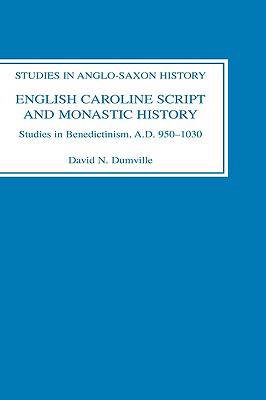
- Afhalen na 1 uur in een winkel met voorraad
- Gratis thuislevering in België vanaf € 30
- Ruim aanbod met 7 miljoen producten
- Afhalen na 1 uur in een winkel met voorraad
- Gratis thuislevering in België vanaf € 30
- Ruim aanbod met 7 miljoen producten
Zoeken
€ 177,45
+ 354 punten
Omschrijving
Caroline minuscule script was adopted in England in the mid-tenth century in imitation of Continental usage. A badge of ecclesiastical reform, it was practised in Benedictine scriptoria but was also taken up by members of the royal writing office; the chancery occupied an important place in the pioneering of calligraphic fashions. During its approximately two-century history in England, Caroline script developed a number of forms, in part reflecting different tendencies within the Reform-cause. The Rule of St Benedict was focal for this movement. In the aftermath of the final Scandinavian conquest of England (AD 1016) a Canterbury master-scribe created the form of Caroline writing which was to become a mark of Englishness and outlive the Norman Conquest. In the closing chapter its inventor's career is discussed and his achievement assessed. This volume offers analysis of manuscript evidence as a basis for the cultural and ecclesiastical history of late Anglo-Saxon England. DAVID N. DUMVILLE is Reader in Early Medieval History and Culture of the British Isles at the University of Cambridge.
Specificaties
Betrokkenen
- Auteur(s):
- Uitgeverij:
Inhoud
- Aantal bladzijden:
- 222
- Taal:
- Engels
- Reeks:
- Reeksnummer:
- nr. 6
Eigenschappen
- Productcode (EAN):
- 9780851153230
- Verschijningsdatum:
- 6/05/1993
- Uitvoering:
- Hardcover
- Formaat:
- Genaaid
- Afmetingen:
- 163 mm x 244 mm
- Gewicht:
- 489 g

Alleen bij Standaard Boekhandel
+ 354 punten op je klantenkaart van Standaard Boekhandel
Beoordelingen
We publiceren alleen reviews die voldoen aan de voorwaarden voor reviews. Bekijk onze voorwaarden voor reviews.








